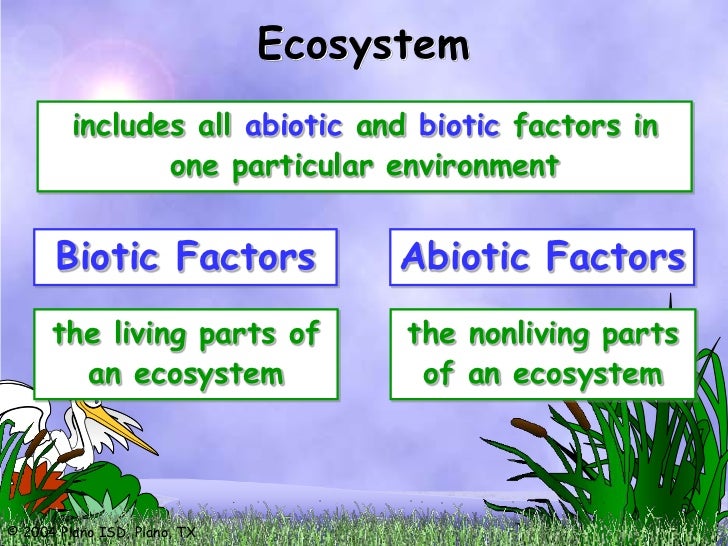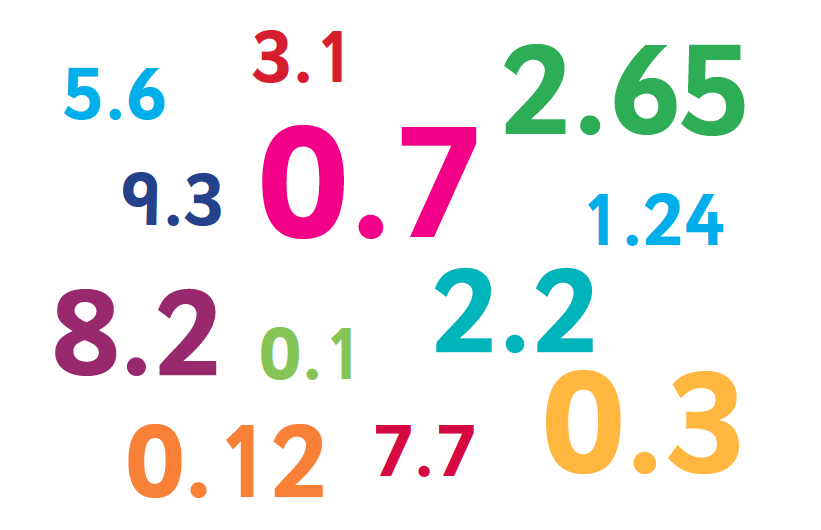Organisms have a specific function in the food chain.
We invite you to use this blog as a tool to inquire about the different topics we study throughout the year.
Tuesday, October 16, 2018
Monday, October 1, 2018
MATH: Decimals
How can you write a number that is smaller than one? We will teach you :)
Today we will introduce you to our friends: decimal numbers, which represent a part of a whole just like a fraction does. They contain a decimal point, which looks like a period (' . ') and is used in a number to separate the whole number from the part of the number that is less than one.
Don't forget here in Chile the decimal point is represented by a comma, not a dot.

Play the following games to test your knowledge on decimals:
http://www.math-play.com/Decimals-Jeopardy/decimals-jeopardy-game.html
http://www.math-play.com/decimals-board-game/decimals-board-game.html
Reinforcing Fractions

These videos will help you reinforce the concept of fractions,
we hope you enjoy them!
Take the following quiz and play the game to see how much you know:
Abiotic v/s Biotic
The primary difference between both is that abiotic factors include those components of the ecosystem which are non-living part of any habitat. On the other hand, biotic factors include living components of the ecosystem.
The examples of the abiotic factors are sunlight, the wind, clouds, water, rocks, energy, temperature, soil, etc. while the examples of biotic factors are plants and trees, animals, microorganisms such as fungi, bacteria, algae.
The ecosystem provides the major platform for the interaction between the two, as they both depend on each other for the various things chiefly biotic factors depend on the abiotic factors for fulfilling their requirements to grow and survive. To elaborate further, we will consider the few points which distinguish both the entities.
Watch the following video to understand better the difference between biotic and abiotic factors:
The primary difference between both is that abiotic factors include those components of the ecosystem which are non-living part of any habitat. On the other hand, biotic factors include living components of the ecosystem.
The examples of the abiotic factors are sunlight, the wind, clouds, water, rocks, energy, temperature, soil, etc. while the examples of biotic factors are plants and trees, animals, microorganisms such as fungi, bacteria, algae.
The ecosystem provides the major platform for the interaction between the two, as they both depend on each other for the various things chiefly biotic factors depend on the abiotic factors for fulfilling their requirements to grow and survive. To elaborate further, we will consider the few points which distinguish both the entities.
Watch the following video to understand better the difference between biotic and abiotic factors:
Some examples of these factors are:


Subscribe to:
Comments (Atom)
Institutions in Chile
1- Grouping As you know people live together with other people making communitites. There are small communities like your family and...

Entradas populares
-
How do countries prevent the consequences of natural disasters? In Chile there is a very important institution that depends on the ...


